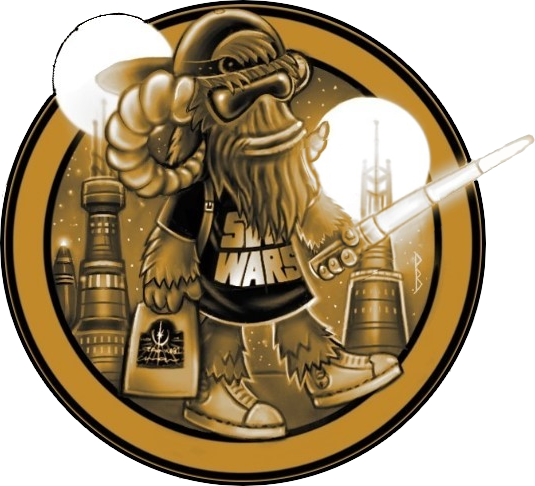Film is an amazingly creative channel through which you can make the impossible seem real. And at the limits of those capabilities is where you’ll find motion graphics, adding an artificial world of animation, text, designs, and digital effects. In this article, we explain the terminology, possibilities, and when to use it.
What Is Motion Graphics?
In short, motion graphics is graphic design with animation. Opening credits, animated logos, ads, backgrounds, bumpers, and lower thirds are all examples of how motion graphics are used in film, video, and television today. Motion graphics are not to be confused with animated film (Disney, Pixar, and the likes) or special effects.
Motion graphics are very big in television and corporate videography. It’s used all the time, in product videos and tutorials, animated explainers, weather maps on the news, and any overlay you’ll see on top of the actual footage.
The Use of Motion Graphics in Movies
In Hollywood, its use is mostly limited to title sequences. Occasionally, motion graphics are used within a movie’s story. A common use would be an overlay of a smartphone screen. The viewer can read along with the character as they read or write an instant message.
Ever since graphic designer Saul Bass’ groundbreaking work on the title sequence of Hitchcock’s Psycho in 1960, movie title sequences and opening credits became something of an art form. Title sequences have the difficult job of getting the audience jazzed and in the mood of the story while highlighting the biggest names that collaborated on the production and setting the movie’s style and theme. Like a crowd warmer, the opening sequence contributes to the overall reception of the movie.
Title sequences can be 100% motion graphics (like the one in Steven Spielberg’s Catch Me If You Can) or a mixture of motion graphics and film footage. As an indie filmmaker, this choice will depend on your budget, access to tools and professionals, and what best serves your story.
How to Use Motion Graphics in Your Own Movie Production
If you’re a crew of one with a small budget, your best bet would be to film a title sequence and overlay it with the title presets you find in your NLE. Final Cut Pro and Adobe Premiere have a great selection of animated or fixed title templates to choose from.
The problem with that is that you’ll end up using the same motion graphics as most other indie filmmakers. A great alternative is to purchase stock motion graphics online. Websites like Motion Array offer huge libraries of stock motion graphics for your title sequences and in-film graphic needs. What’s great is that you can further customize these stock graphics to make them 100% your own, without too much technical know-how.
Finally, if your budget allows it, you can hire a professional motion graphic designer to develop exactly what you want. Though designer firms and freelance designers can be quite expensive, you’ll be sure to have something unique for your movie.

